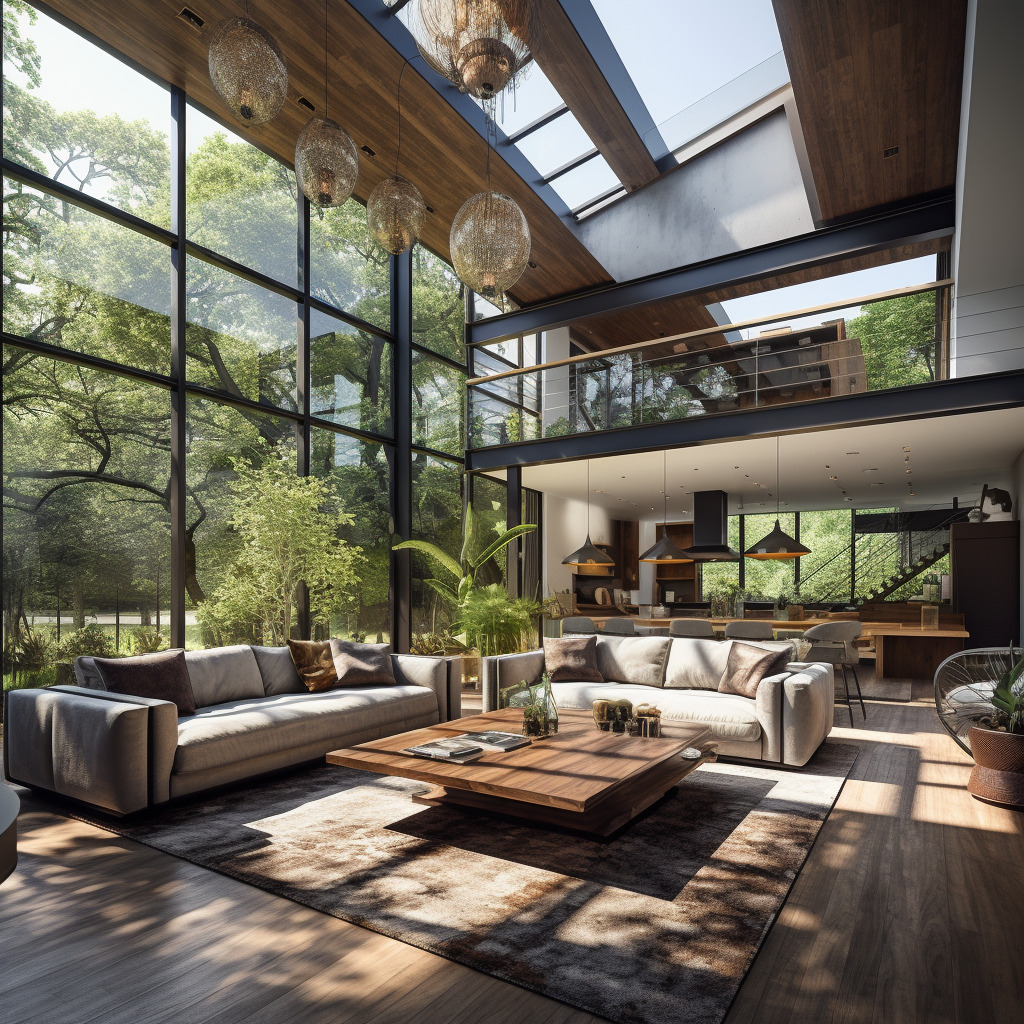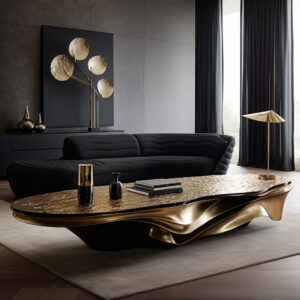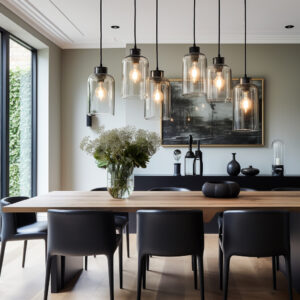How to Maximize Natural Light in Your Home
Introduction
Embracing the warmth and brightness of natural light can utterly transform your home. Natural Light Maximization not only elevates the aesthetic appeal of your interior but also has profound health and psychological benefits, such as boosting vitamin D intake and improving mood. With smart design choices and an understanding of how to harness light’s full potential, you can make your living spaces not only look magnificent but also feel invigorating and welcoming.
Key Elements
When considering interior design, it’s essential to focus on elements that harmonize both functionality and style. Below, we delve into several components that are the building blocks of a well-designed space:
- Color Palettes: Selecting the right colors is crucial. Light hues reflect more sunlight, amplifying the brightness of a room.
- Furniture Arrangement: Effective placement can maximize space and light, making your home feel airy and spacious.
- Lighting: A combination of natural and artificial lighting can provide the desired ambiance throughout the day.
- Accessories: Use mirrors strategically to reflect natural light, and opt for translucent fabrics that allow sunshine to permeate the space.
- Window Treatments: The right selection can amplify natural light; consider light sheers or retractable blinds.
Tips for Natural Light Maximization
Integrating furniture that enhances natural light entails more than just choosing lighter colors. Here’s how to select pieces that elevate your space:
- Focus on Proportions: Choose furniture that fits the scale of your room to avoid blocking windows and doors.
- Opt for low-profile pieces near light sources to minimize obstruction.
- Consider Reflective Surfaces: A glass coffee table or metallic finishes can reflect light around the room.
- Prioritize Multi-Functional Furniture: Pieces with built-in storage can reduce clutter, allowing natural light to flow freely.
- Integrate Light-Colored Woods and Materials: Light oak or birch can help to reflect light better than dark woods.
- Incorporate Transparent and Reflective Elements: Using materials like acrylic or glass for tables and shelving can enhance the dispersion of light throughout the room.
FAQ about Natural Light Maximization
Question 1: What type of window treatments maximize natural light while providing privacy?
– Answer: Sheer curtains and top-down, bottom-up shades offer a perfect balance by allowing light in while maintaining privacy. Opt for adjustable slat blinds to control the intensity and angle of the incoming light.
Question 2: How does the paint finish affect the natural lighting in a room?
– Answer: Matte finishes can reduce glare, but semi-gloss or satin finishes help to reflect light around the room. Select a finish considering both the room’s function and the desired ambiance.
Question 3: Can landscaping impact the natural light in my home?
– Answer: Absolutely. The placement and choice of outdoor plants can significantly influence the amount of light your home receives. Opt for deciduous plants near windows to enjoy ample light in winter while providing shade in the summer.
Question 4: How can I enhance natural light in a north-facing room?
– Answer: North-facing rooms can be a challenge. Use light-reflecting colors, strategically place mirrors opposite windows, and choose furniture with reflective surfaces to amplify the limited light.
Question 5: Are there any smart home solutions to improve natural light utilization?
– Answer: Smart glass windows, which tint automatically in response to sunlight, can optimize the amount of light any room receives. Additionally, smart curtains or blinds can be programmed to open during the sunniest hours.
Optimizing your home with natural light not only elevates its beauty but also aligns with sustainable living practices. Marrying the ageless charm of natural illumination with modern designs can create spaces that are both stunning and energy-efficient. As interior design continues to evolve, trends like biophilic design and eco-friendly materials are shaping the way we think about and interact with our environments. Incorporating natural elements within our homes nurtures a strong connection to the outdoors and underscores the significance of lighting as a fundamental aspect of contemporary design.
Making the most of natural light is not just about the placement of furniture or the choice of curtains; it is about creating a symphony of design elements that enhance well-being and evoke joy. As you journey through redesigning your space with these insights, remember that every home is as unique as its dweller, and the key to success lies in tailoring these tips to your individual needs and the character of your living spaces. Embrace the transformative power of natural light and witness your home being cast in the most flattering light.




